On Tuesday evening i.e. on 11/05/2021 the Chief Minister of Maharashtra Mr Udhhav Thakrey along with some other leaders of the Maharashtra Vikas Aghadi met the Maharashtra Governor Mr Bhagat Singh Koshyari. They submitted a letter addressing the President of India seeking his intervention for providing reservation to the Maratha community. But we are well aware that this is not a sudden move. It rather followed after the mixed verdict of 5 judges bench of Hon'ble Supreme Court in the case of Jayashree Laxmanrao Patil Vs. UOI where it struck down the Maratha Quota over 50% ceiling limit as unconstitutional. This was about the reservation given to the Maratha community in higher education and public employment under the Socially and Educationally Backward Classes Act,2018 (SEBC Act)
The verdict begins with the flashback of highlighted events since 1955 stating some background facts where the reservation to the Maratha Community was denied.
1955: After the enforcement of the Constitution of India, the President of India under Article 340 appointed a commission to investigate all the educationally and socially backward classes, known as the Kaka Kalekar commission. It was the First National Commission. It submitted its report in which it did not find Maratha Community as backward Class.
1956: A bilingual state of Bombay under the State Re-organisation Act was formed with the addition of 8 districts of Vidharbha and 5 districts of Marathwada.
1961: Through the Ministry of Home Affairs discretion was given to the state Government to choose their criteria in defining Backward Class and frame their list. The State of Maharashtra used this discretion and appointed a committee called B.D. Deshmukh Committee. The Committee submitted its report in 1964 where it did not find Maratha as Backward Class.
1979: President of India appointed Second National Commission for Backward Class popularly known as Mandal Commission which again included Marathas in forwarding Hindu Caste.
1980: Then the request was made to National Commission for Backward Class for the inclusion of Maratha in the Central list of Backward Class for Maharashtra. The NCBC conducted a public hearing and held that Maratha is not socially and educationally Backward Class but a socially advanced and prestigious community.
1992: Then came the famous judgment that is Indra Sawhney V/S UOI which lay down the law about the principle of reservation under the Constitution of India. The Hon'ble Supreme Court issued directions to the Government of India, each State Government to constitute a permanent body for entertaining, examining, and recommending upon all the requests for the inclusion and complaints of over inclusion of Other Backward Class of citizens.
2008: The Maharashtra State OBC Commission headed by Justice R.M. Bapat submitted a report conclusively recording that Maratha could not be included in the OBC list because it is a forward caste.
2013: Maharashtra State OBC Commission rejected the request of the State Government to review the findings of the 2008 report. Despite the existence of the statutory State OBC Commission, the Government of Maharashtra appointed a special committee headed by a sitting Minister, Shri Narayan Rane.
2014: Rane Committee submitted its report to the State and recommended that the Maratha special reservation under Article 15(4) and 16(4) of the Constitution of India be provided. Based on this report Maharashtra Government promulgated an ordinance providing for 16% reservation in favour of the Maratha caste.
In the case of Shri Sanjeet Shukla vs. the State of Maharashtra, this ordinance was challenged. The Division Bench of the High Court stayed the operation of Maharashtra Ordinance No.XIII of 2014 and Resolution dated 15.07.2014. However, it was directed that in case any admission has already been granted in educational institution till that date based on Ordinance No.XIII of 2014 the same shall not be disturbed and the Students shall allow completing their respective courses.
The Maharashtra Legislature passed the Act, 2014. Bombay High Court stayed the implementation of the provisions of this Act providing 16% reservation to Maratha.
2017: The State Government referred to State Backward Classes Commission to submit a report on the facts and the observation made in the reference to the Government regarding Maratha. (Justice M k Gaikwad Chairman- State Backward Class Commission).
2018: Meanwhile the National Commission for Backward Classes (Repeal) Act was passed repealing the National Commission for Backward Classes Act, 1993. The Constitution (102nd Amendment) Act, 2018 was also brought concerning structure, duties and powers of the National Commission for Backward Classes. ( what it speaks is explained further)
On 15.11.2018, the State Backward Classes Commission submitted its report on the social and educational and economic status of Maratha. The Commission recommended declaring the Maratha caste of citizens as the social and economic backward class of citizens with inadequate representation in services. under the exceptional circumstances and extraordinary situations such as the increase in the number of suicides due to indebtedness and deteriorating incomes among Maratha Families justify the enactment of the Act.
The Government after receipt of the above report enacted Act, 2018 which was challenged before HC through various writs and PIL stating the breach of Article 14, 16 and 21 of the Constitution of India and also bypassing the ceiling of reservation of 50%. Bombay HC upholds the validity of the 2018 Act to the extent that the Act should not prescribe reservations exceeding the commission's recommended 12% and 13% in education and public employment respectively. Aggrieved with the impugned judgment of the High Court dated 27.06.2019, the appellants had filed the Civil Appeals in the Supreme Court.
In the middle of all this, we cannot forget the first major Maratha agitation of 1997 for the reservation in the Government jobs and educational institutions. The recent one was in 2016 which was the first Maratha Kranti Morcha in Aurangabad followed by Nagpur and Mumbai. The political parties, organisations were always came in support of the demand for the Maratha Reservation.
After going through the historical development we need to understand the 6 major issues/questions framed by the Hon'ble Supreme Court in the present case:
1. Whether the judgment in the case of Indra Sawhney Vs. UOI, 1992 need to be re-looked in the light of Constitutional amendments, judgments and changes in social circumstances?
2. Whether the SEBC Act granting 12% and 13% reservation to the Maratha community in addition to the 50% ceiling comes under 'exceptional circumstances' contemplated in the Indra Sawhney case?
3. Whether the M. C. Gaikwad report has made out a case of existence of extraordinary situation and exceptional circumstances to fall within the exceptions carved out in the judgment of Indra Sawhney?
4. Whether the 102nd deprives the State Legislation of its power to enact legislation determining the socially and economically backward classes and conferring the benefits on the said community under its enabling power.
5. Whether states power to legislate concerning 'any backward class' under Article 15(4) and 16(4) is anyway abridged by Article 342 (A)?
6. Whether Article 342A of the Constitution abrogates states power to legislate or classify in respect of 'any backward class of citizens and thereby affects the federal policy/structure of the Constitution of India?
The questions framed can be better understood when we look into the reasoning given by the SC but before that, a simpler bifurcation of the opinion of each judge on each question will help to comprehend what was the final verdict.
The five judges bench was comprising of Just. Ashok Bhushan, Just. L Nageswara Rao, Just. S. Abdul Nazeer, Just. Hemant Gupta and Just. S. Ravindra Bhat.
The bench's view on questions 1, 2 and 3 was unanimous. They held that the 50% limit on reservations in the Indra Sawhney case should not be reconsidered. The Gaikwad Commission, the Bombay HC judgment or the SEBC Act all fail to lay out an 'extraordinary situation' to fall within the exception to this limit. So, the SEBC Act in this regard is struck down.
On questions 4, 5 and 6, Justices Rao, Gupta and Bhat agreed. They held that the 102nd Constitutional Amendment takes away States' powers to identify backward classes. Only the President can notify a list that identifies them which Parliament can amend thereafter. States can only make recommendations. The Amendment also did not violate the basic structure of the Constitution.
But Justices Bhushan and Nazeer had a different view and in their view, Parliament did not intend to take States' powers of identification.
The reasoning given by the Judges has highlighted different aspects/pointers under which each question or the issue framed by the SC itself is well answered:
Maratha always being in the mainstream of National Life of India:
While explaining why Maratha do not deserve reservation the Court stated that if we look at the history and even today Maratha belongs to a dominant forward class. They have always been in the mainstream of the National Life of India.
No adequate representation Vs. No proportionate representation:
The numbers and survey of the Gaikwad commission who is asking for such reservation itself show that Maratha's are adequately represented in public services. The court explained this by giving a percentage of posts filled by Maratha under different services. The Grade A posts are filled by 33% Marathas while Grade B post by 29.03% followed by 37% and 36% in the case of Grade C and Grade D services. The Court also highlighted the fact that what is required by the state for giving reservation under Article 16(4) is " no adequate representation but the Gaikwad Commission seems to have relied on "no proportionate representation".
On revisiting Indra Sawhney Judgment:
Justice Ashok Bhushan stated that the rationale behind the 50% limit is to ensure it is striking a reasonable balance. He said if the limit is exceeded, society would not be based on equality, but ‘caste rule’. Further, Supreme Court's pronouncements have the effect of law. The figure 50% is the translation of the phrase 'minority of seats' into numbers which were used by Dr Bababsaheb Ambedkar in the constituent Assembly when he expressed that the reservation should be limited. The court also stated that the reservation is not the only way of welfare. The state must bring measures like providing educational facilities to the members of the backward class free of cost, concessions in fees, skill development opportunities to enable members from the backward class to be self-reliant. But such advice coming from the Supreme Court for that Maratha Community whom they found socially advance is a bit confusing.
Maratha Reservation under Extraordinary Circumstances:
The Indra Sawhney Judgment provides tests to find out whether extraordinary circumstances exist or not. One of them is a geographical test for those belonging to 'far-flung areas' while the other was a social test for communities outside the 'mainstream of national life. The Gaikwad Commission had failed to justify extraordinary circumstances on this ground.
102nd Amendment:
First of all, we need to understand what does this constitutional amendment speaks of:
1. The amendment inserted Articles 338B and 342A into the Indian Constitution.
2. Article 338B deals with the structure, duties and powers of the National Commission for Backward Class.
3. Article 342A deals with the power of the President of India to notify a particular caste as a Socially and Educationally Backward Class and the power of the Parliament to change the list.
4. The amendment also brought changes in Article 366 of the Indian Constitution.
5. The amendment gave National Backward Class Commission a constitutional status.
The Hon'ble SC gave a split verdict on this point by 3:2 majority where SC held that the 102nd Amendment did take away the power of the states to identify socially and educationally backward classes under their territory for providing reservations in admissions and employment. According to the judgment, only the President has the power to notify a particular caste as SEBC. The states had lost their power to identify backward classes under their territory after the 102nd Amendment.
The judgment also held the 102nd Amendment to be valid and that it did not affect the federal nature of Indian polity and also did not adversely affect the basic structure of the constitution.
So the above timeline of events and the reasoning given by the Supreme Court gives us an insight into the whole Maratha Reservation issue. When this verdict came the wave of agitation from the Maratha Community or would rather say Maratha Kranti Morcha is getting stronger again. The ultimate question that where all this agitation will go and how the Government will intervene in this will remain a curious mystery.
Every answer opens the door for a new question and the same happens here. It is about the 103rd Constitutional Amendment which introduced reservations for the economically weaker section which was challenged in a separate matter to the bench steps back to make any comment on this. But it brought up an unsolved puzzle that if the question of the 50% ceiling limit concerning the 103rd Constitutional Amendment is reopened then this current judgment of Maratha Reservation will also come under reconsideration. So, it looks like this verdict might have opened the door for further litigation.
- Adv. Prachi Patil
pprachipatil19@gmail.com
(The writer is a practicing lawyer at the Pune District Court and the Family Court, Shivajinagar)
Also Read : मराठा आरक्षण - सामाजिक आशय अधोरेखित करणारा निर्णय...
Tags: Adv. Prachi Patil Maratha Reservation Law Justice Reservation Legal Load More Tags



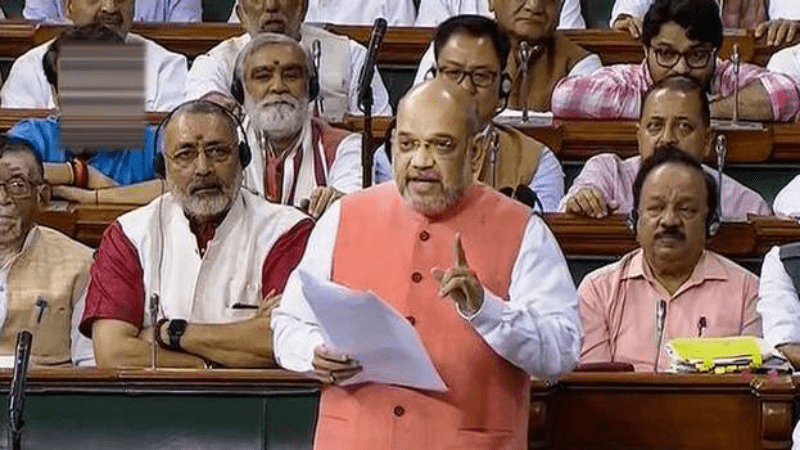
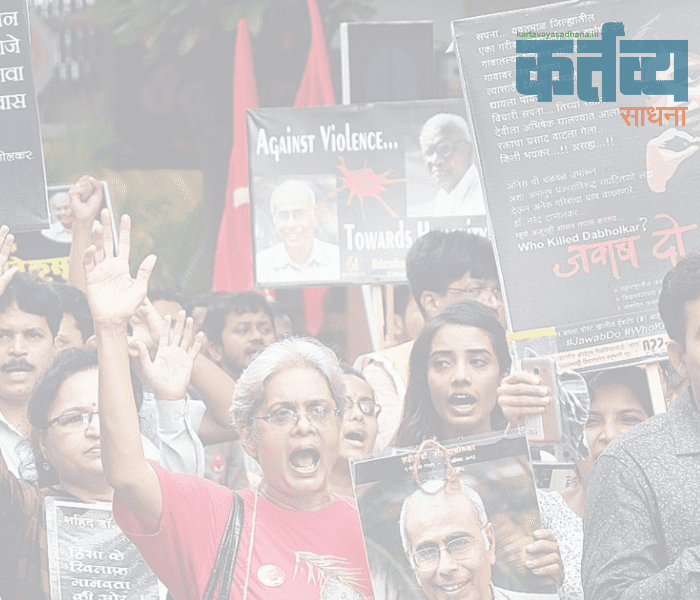
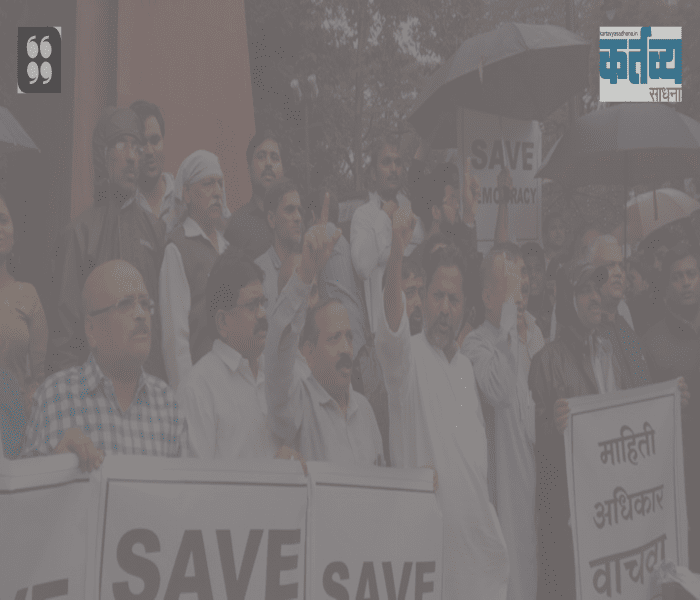
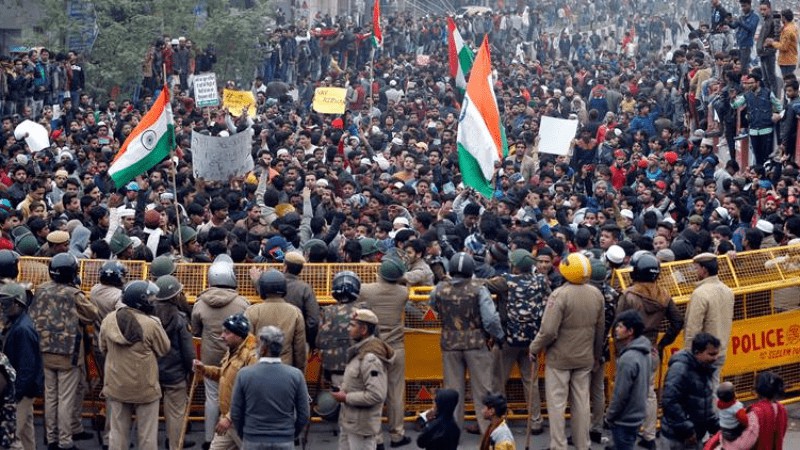
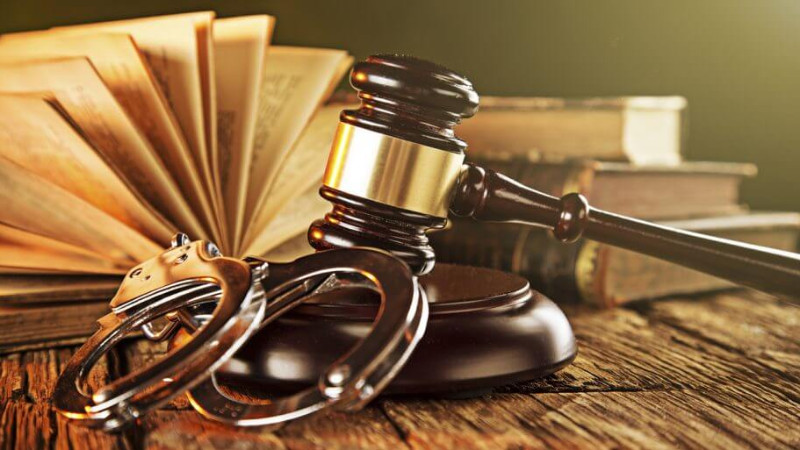
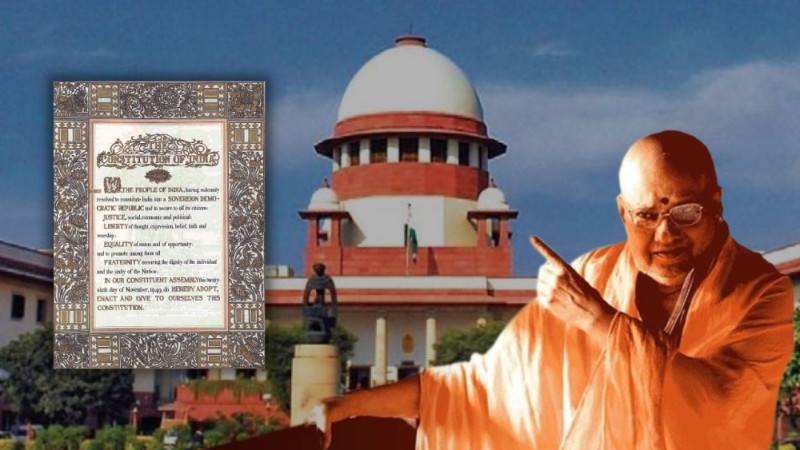
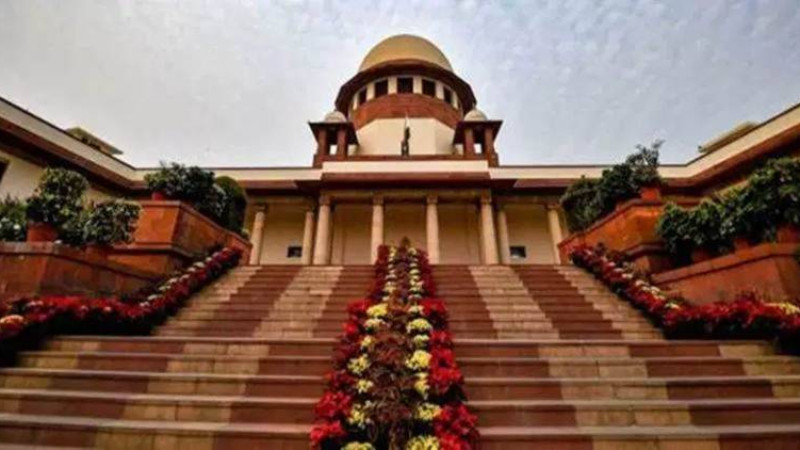
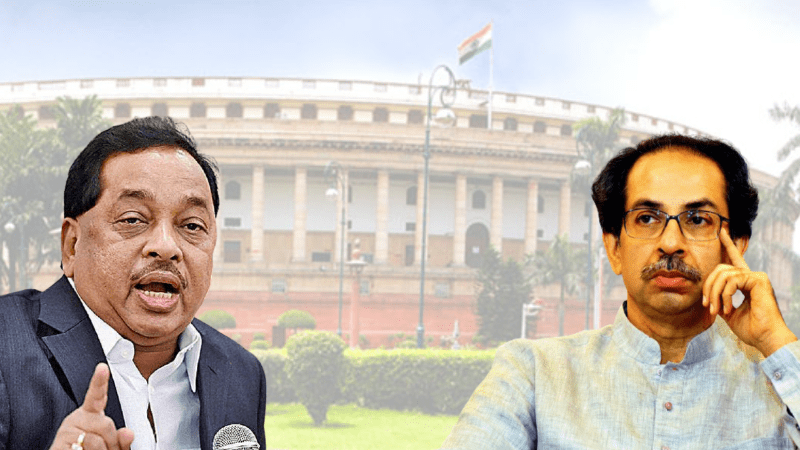
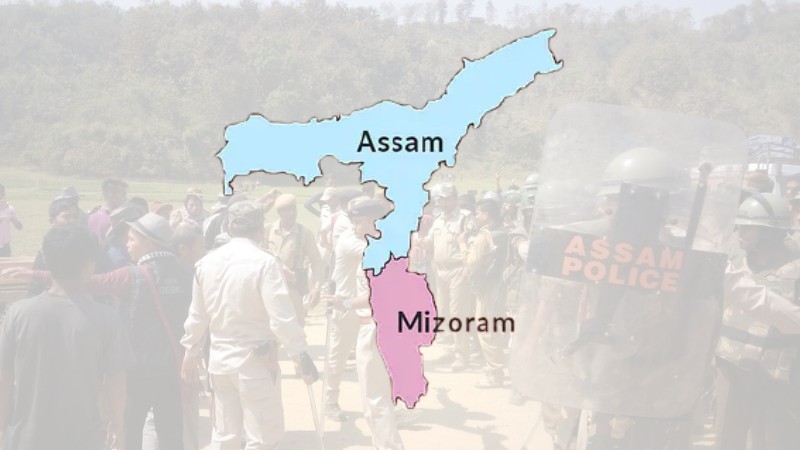
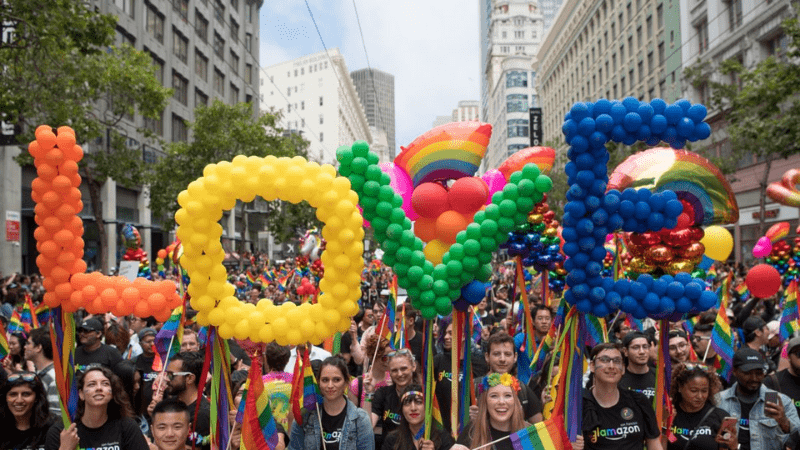
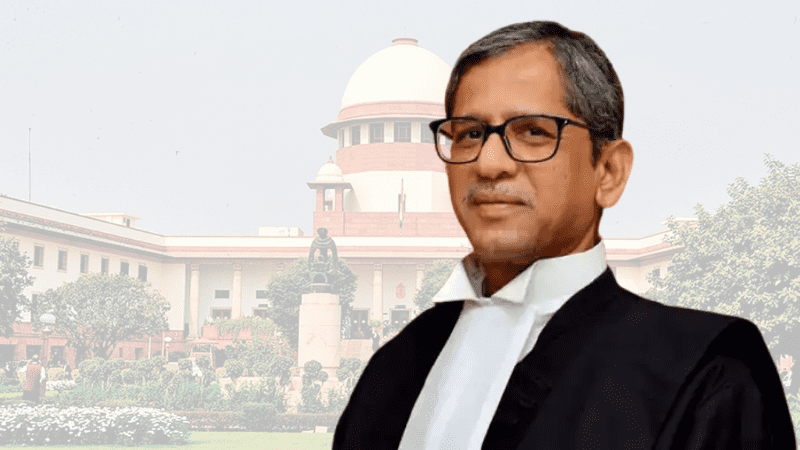
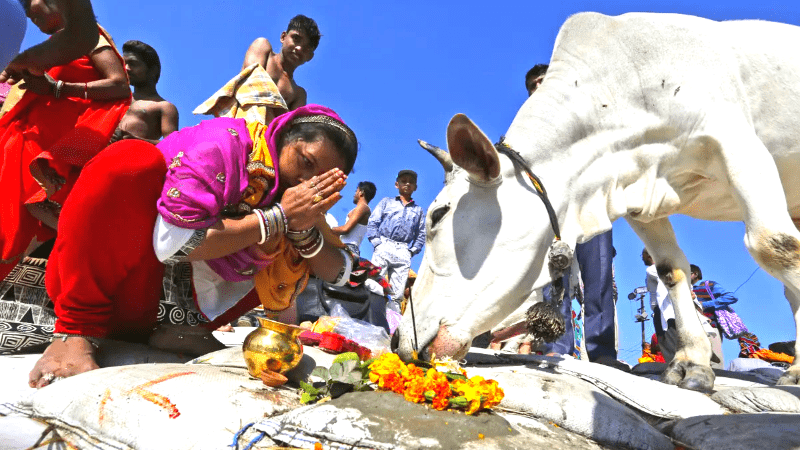
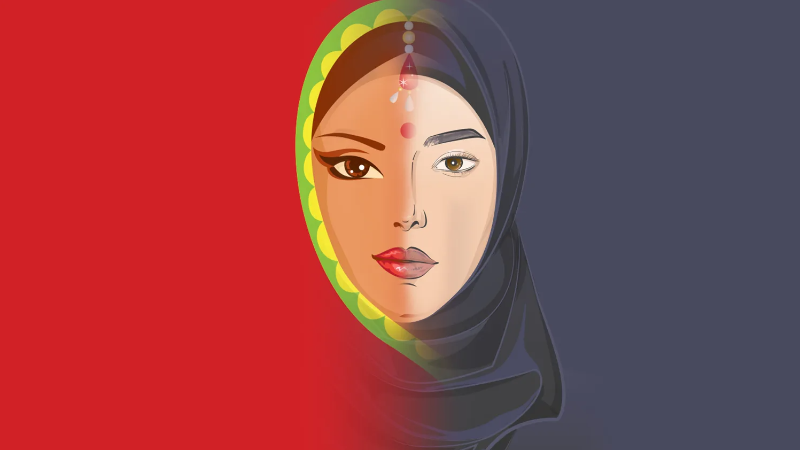
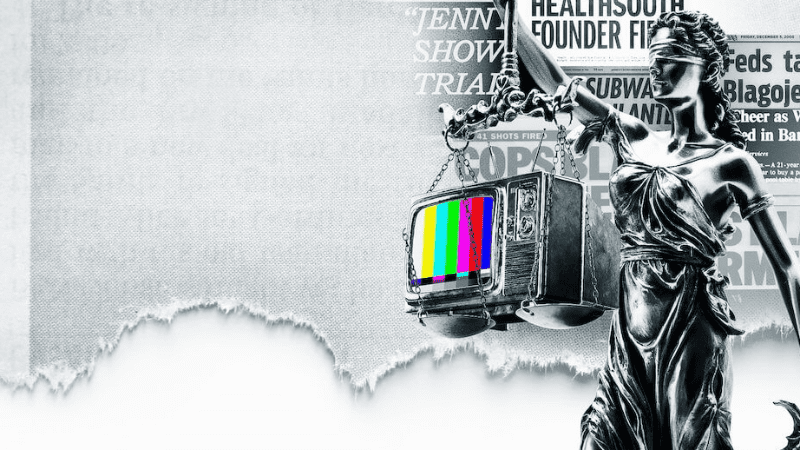
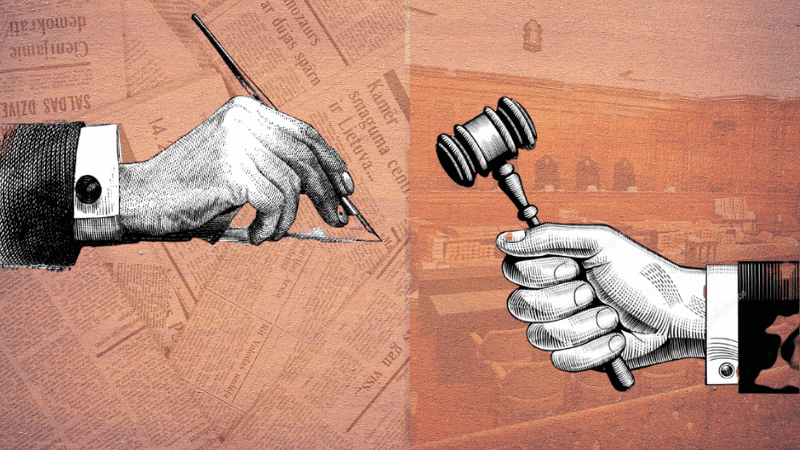
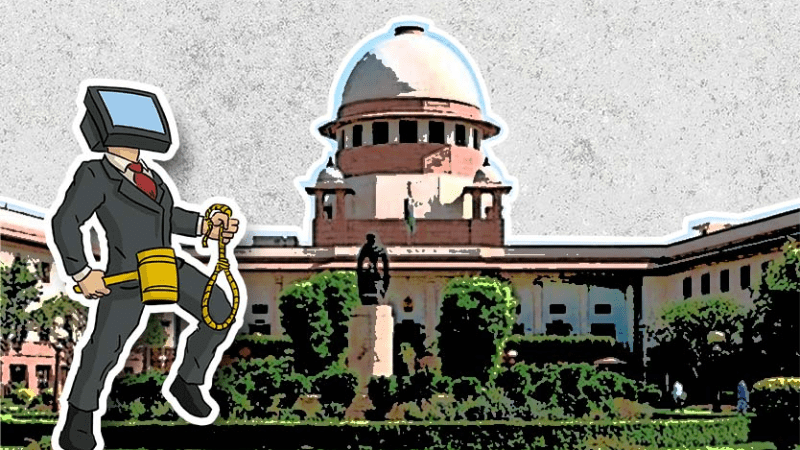

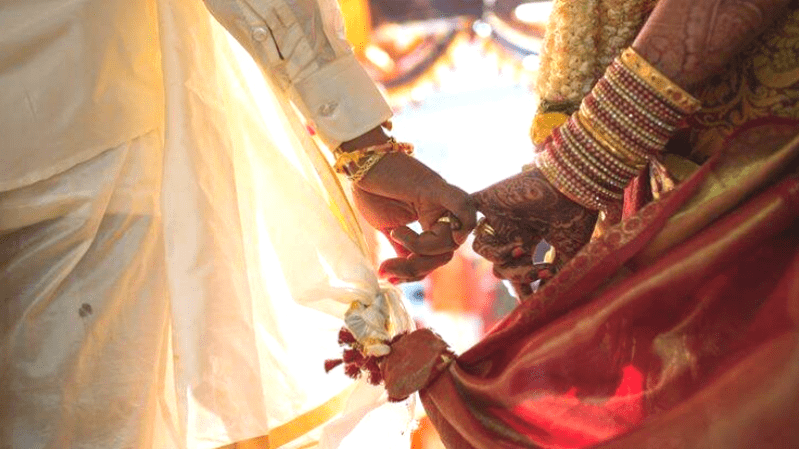

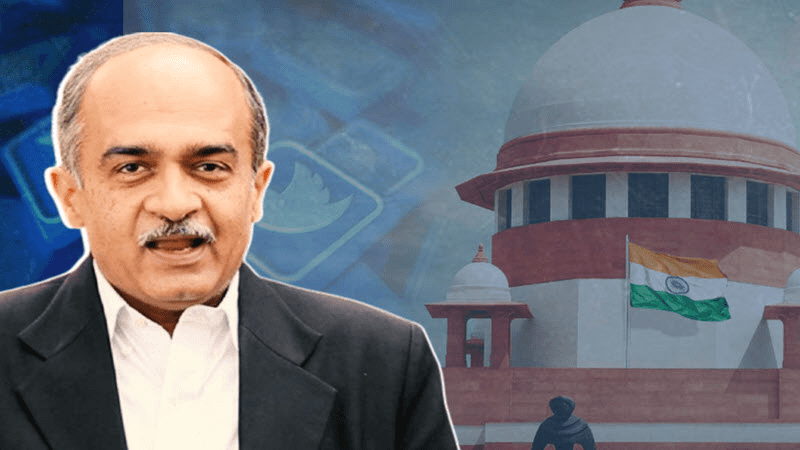
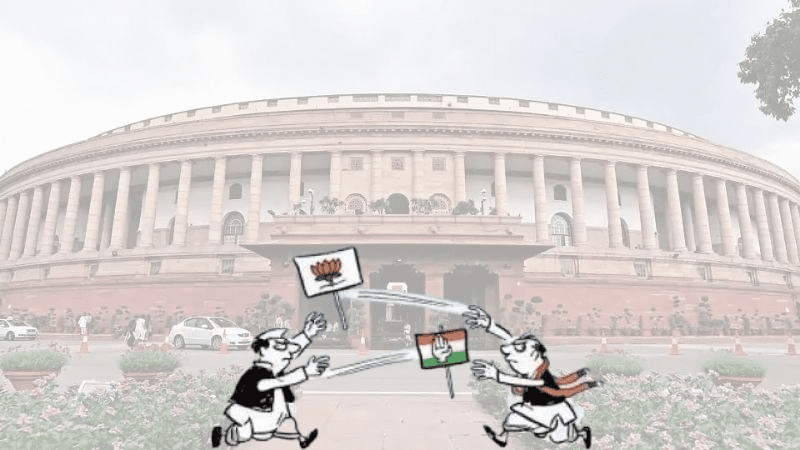
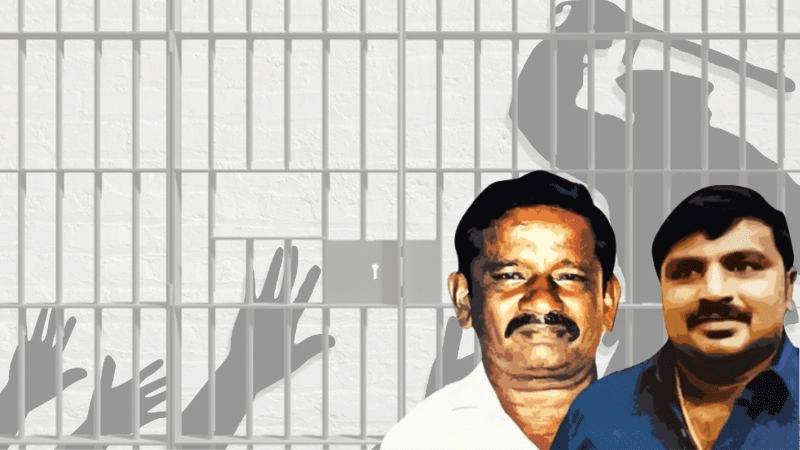
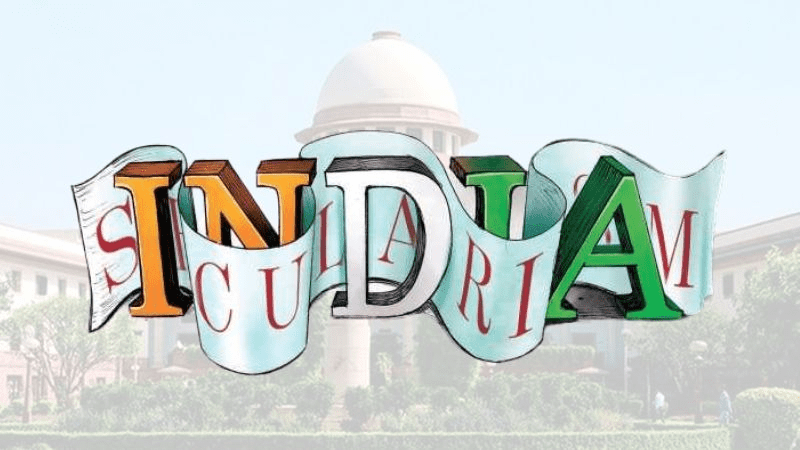
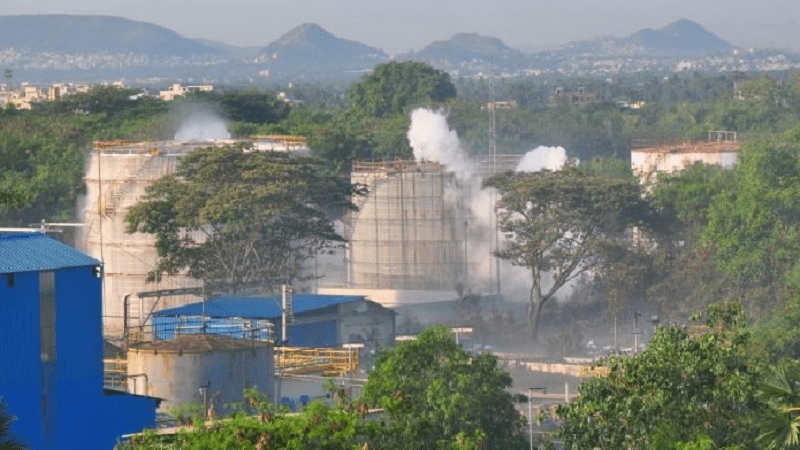
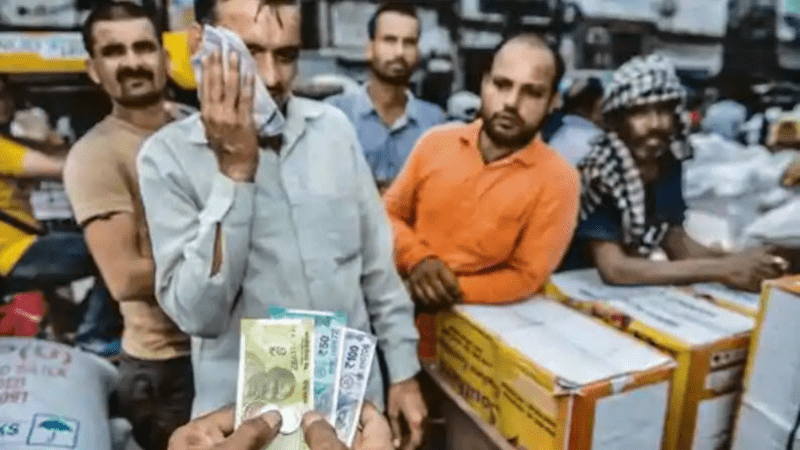
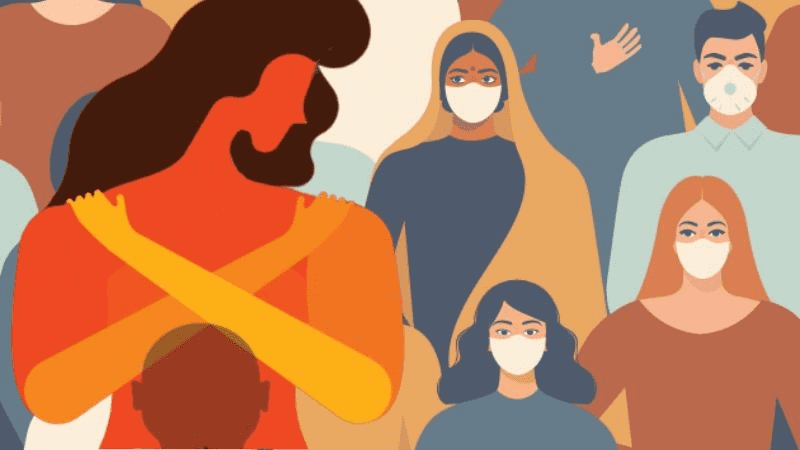
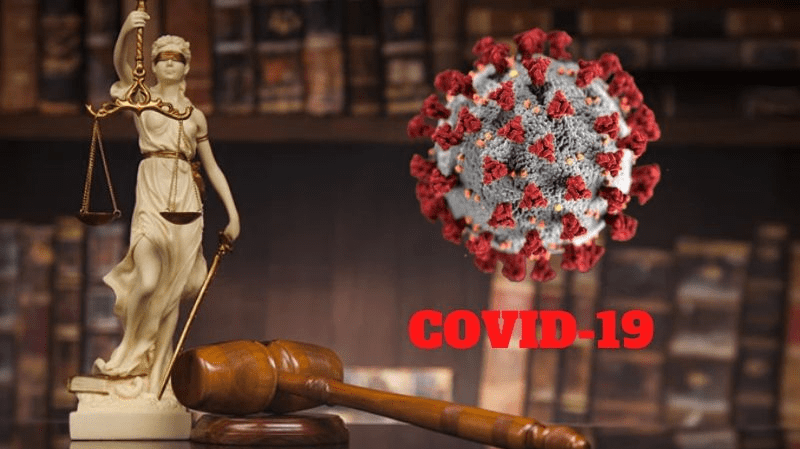
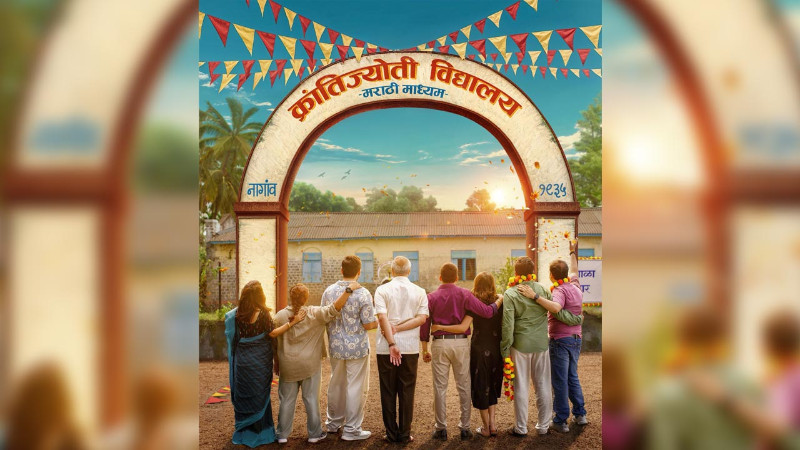
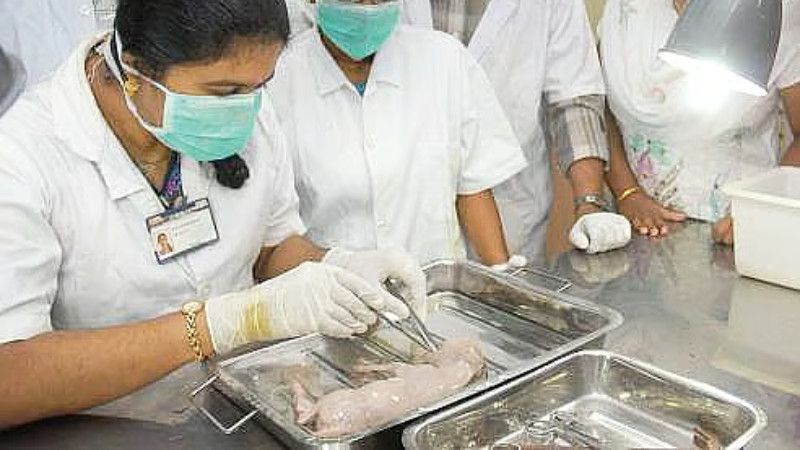
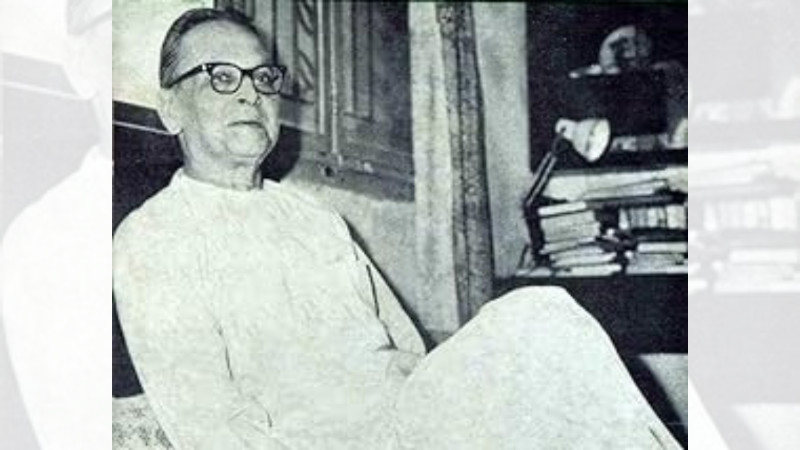
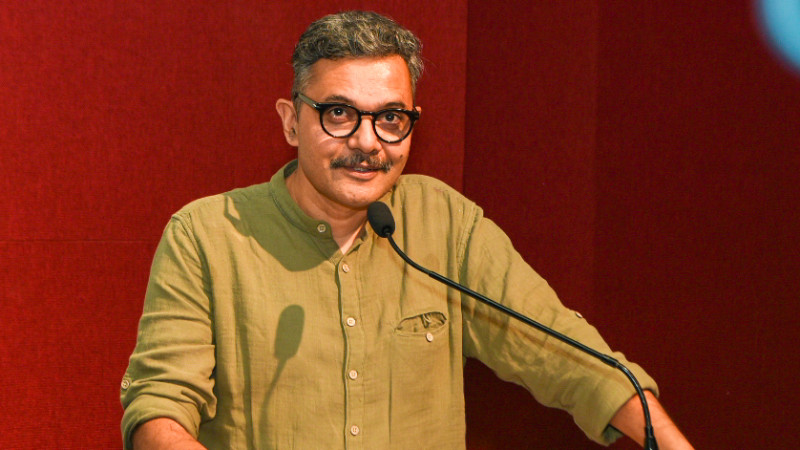
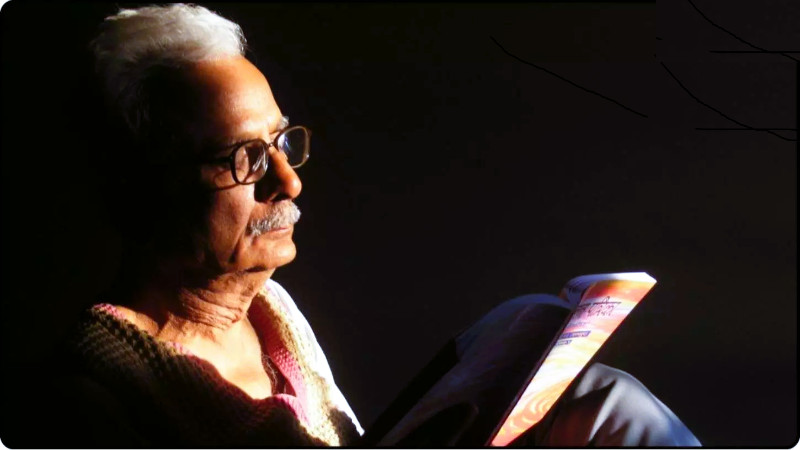
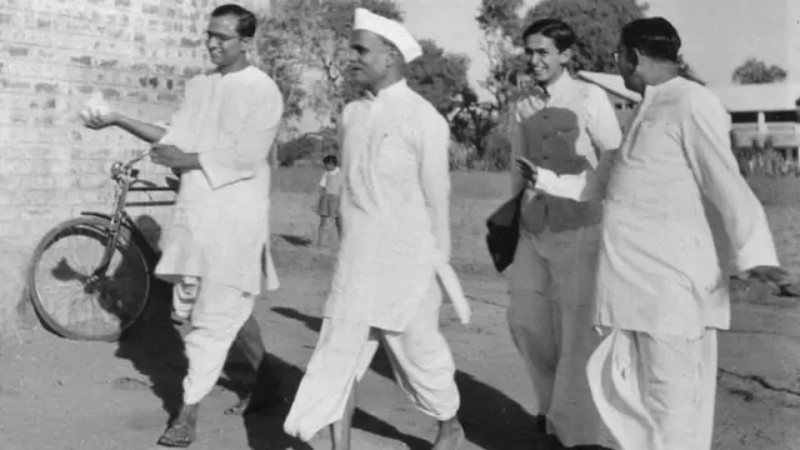
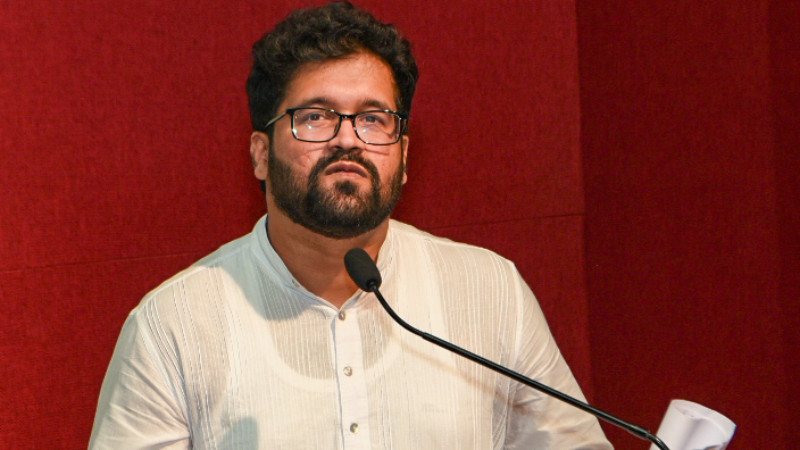
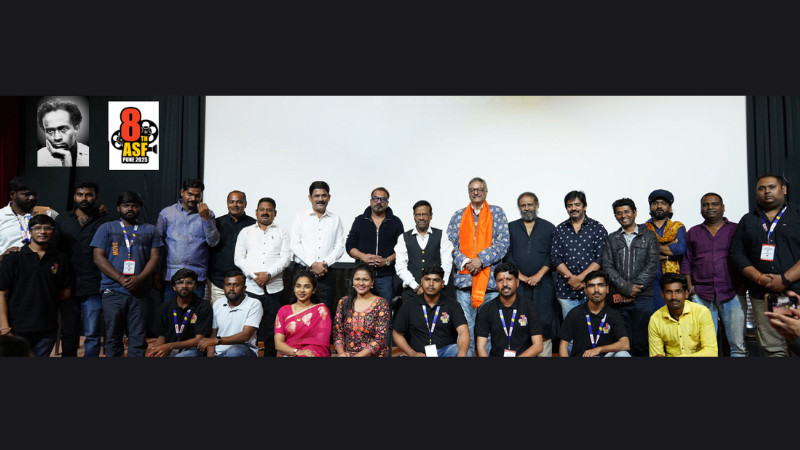

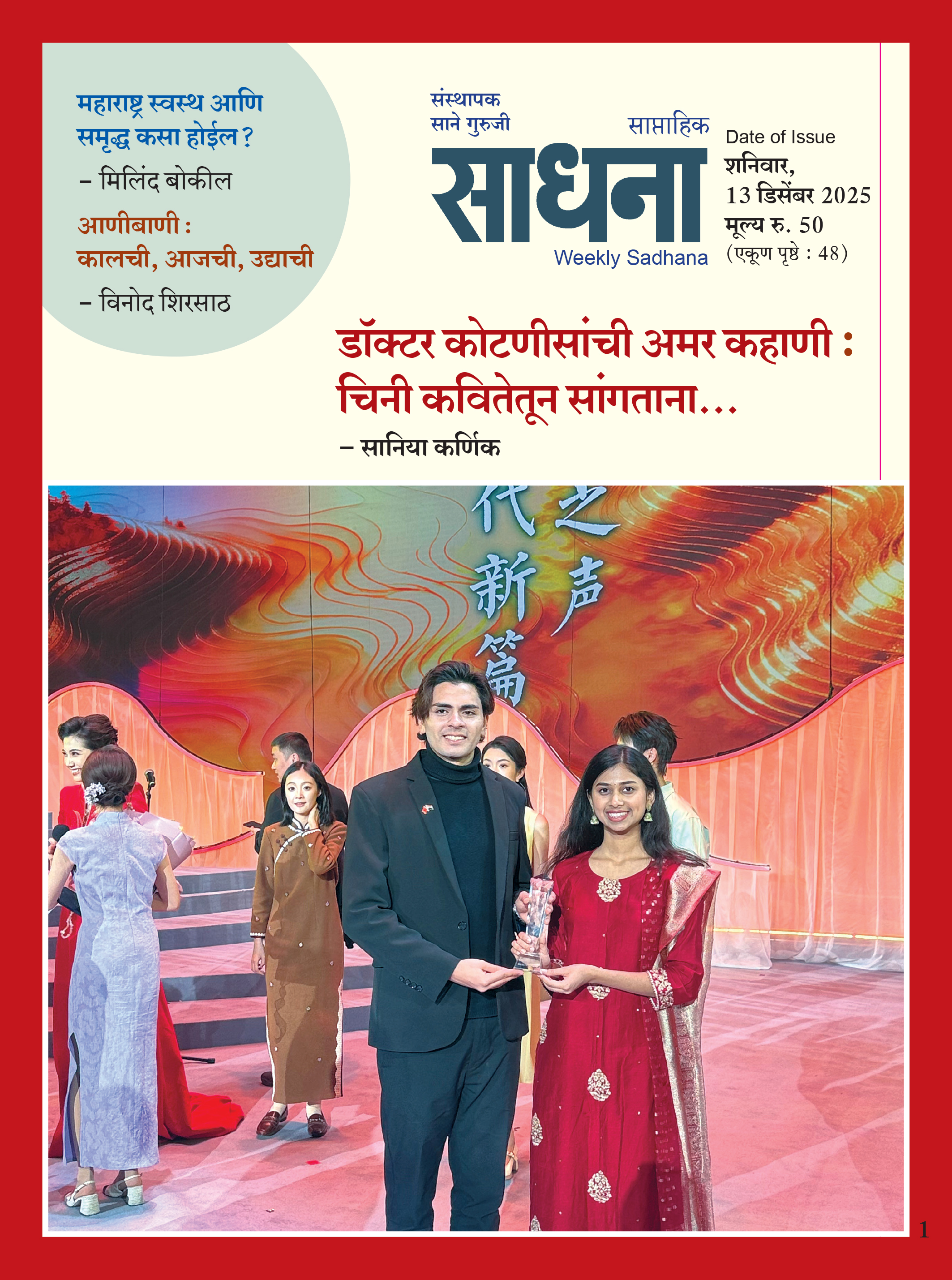













Add Comment